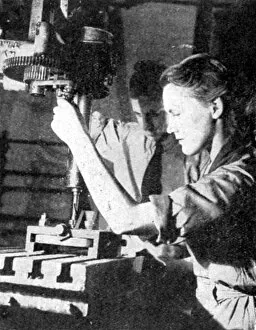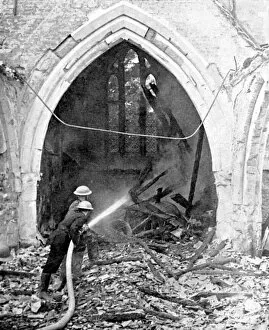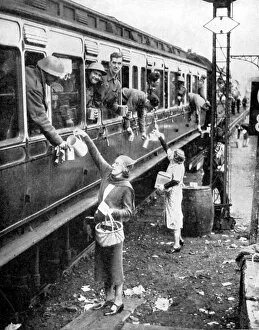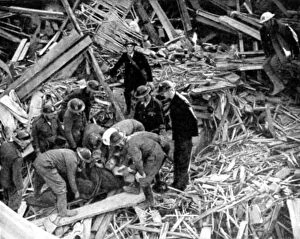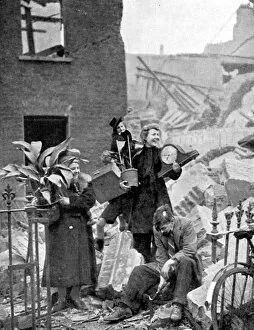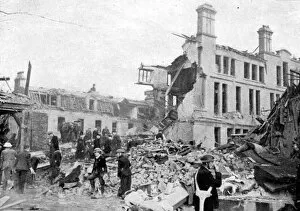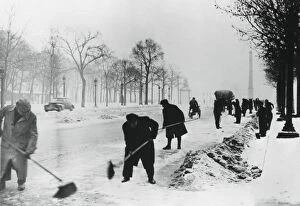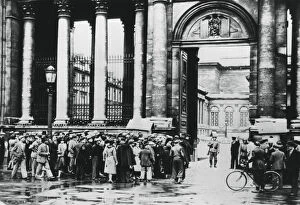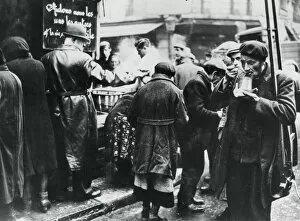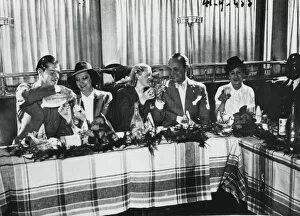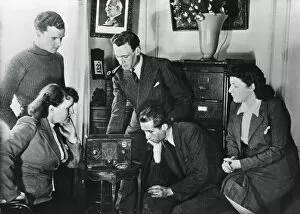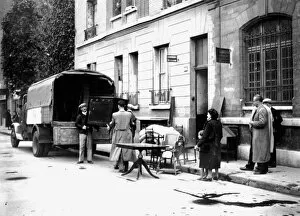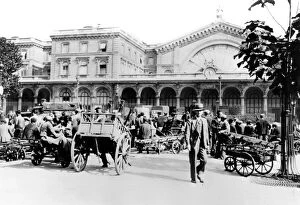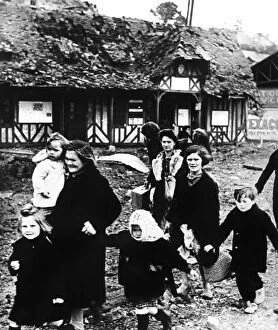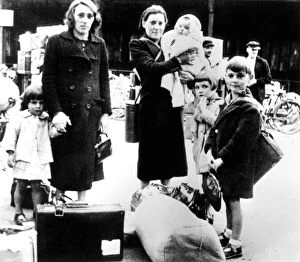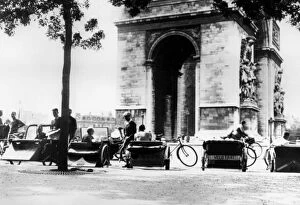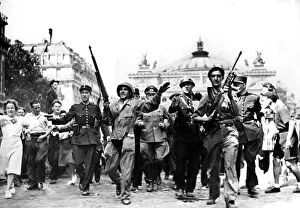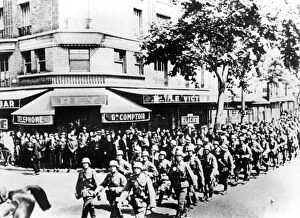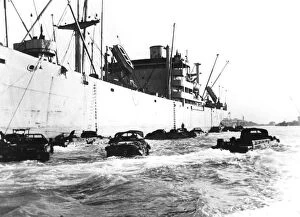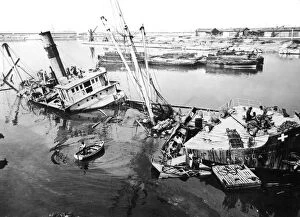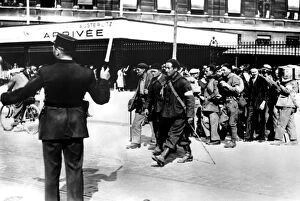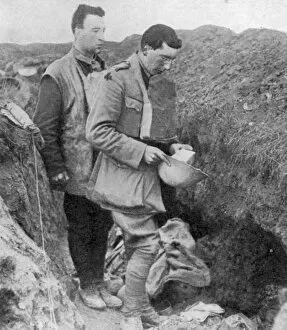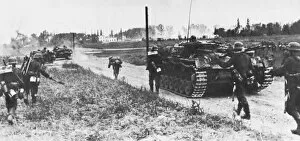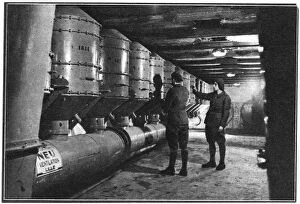Second World War Collection (#84)
"Remembering the Second World War: A Time of Courage and Sacrifice" Winston Churchill, the indomitable leader, inspires hope with his iconic V for Victory sign in 1942
For sale as Licensed Images
Choose your image, Select your licence and Download the media
"Remembering the Second World War: A Time of Courage and Sacrifice" Winston Churchill, the indomitable leader, inspires hope with his iconic V for Victory sign in 1942. The brave Royal Engineers bomb disposal team fearlessly works to protect lives amidst the chaos of war in March 1941. The Commando Memorial stands as a solemn tribute to the valiant soldiers who fought during World War II. The Renown, Ark Royal, and Sheffield sail together, symbols of strength and unity during these turbulent times (c1939-1941). The Iwo Jima War Memorial immortalizes the unwavering spirit and sacrifice of American troops in their fight against tyranny. The Westland Lysander aircraft takes flight in 1941, an unsung hero that played a vital role behind enemy lines (Creator: Unknown). North Sheffield bears witness to bombing targets as it endures relentless attacks during wartime (c. 1940). Eric Ravilious captures a unique perspective on runway life in 1941 - a testament to resilience amid constant danger (Creator: Eric Ravilious). General Bernard Law Montgomery leads the mighty Eighth Army with determination and strategic brilliance in 1942 (Artists: Sir John Alexander Hammerton, Unknown). During Anti-Gossip Week in August 1940, Sheffield Information Committee fights rumors that could undermine morale on the home front. Roosevelt, Stalin, and Churchill meet at the historic Teheran conference in 1943 - united against fascism but divided by ideology (b/w photo). The gallant pilots of RAF's 137 Squadron soar through skies filled with uncertainty but never falter in their mission (1943).

